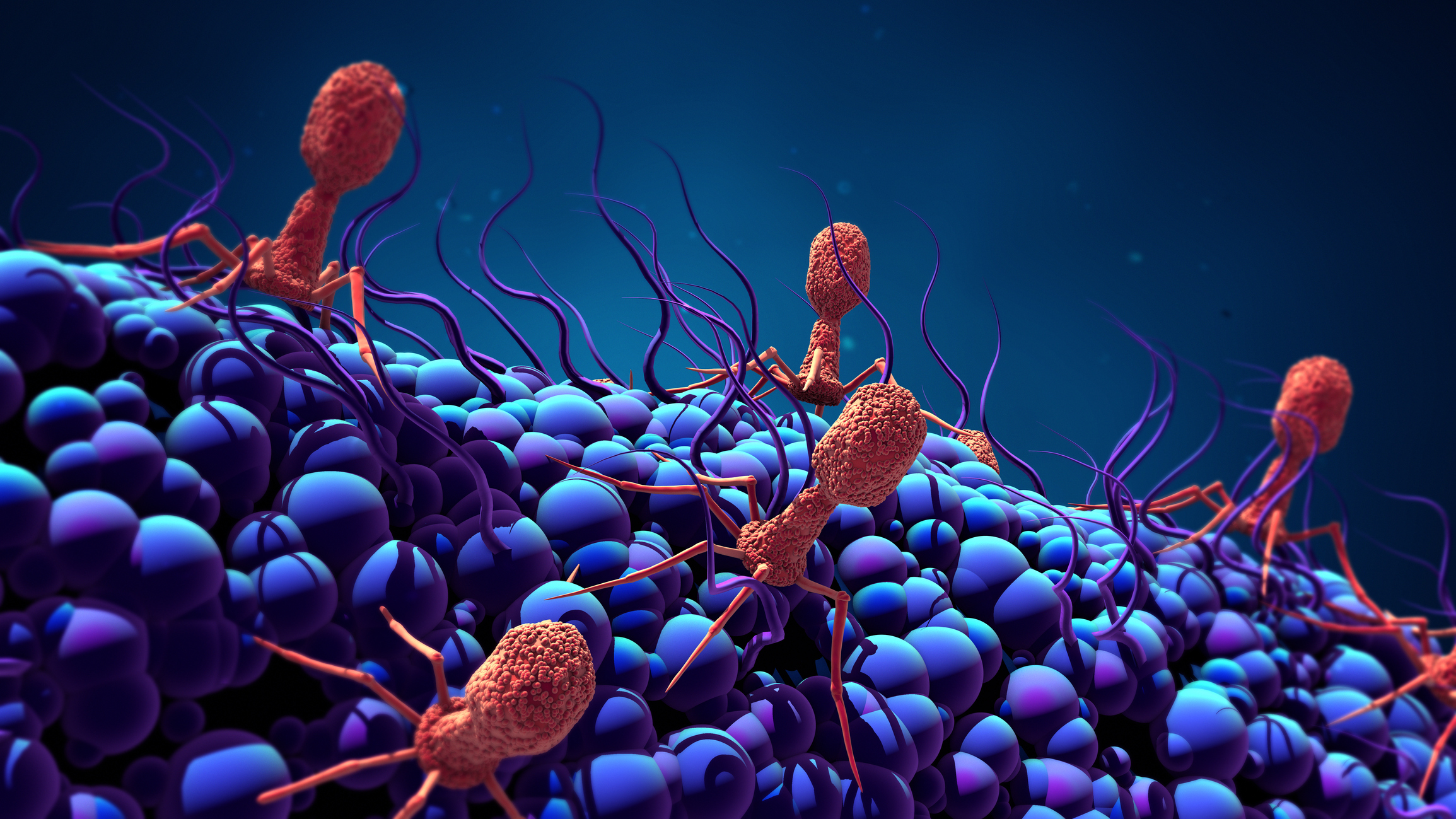What are Public Libraries?
Public libraries in the UK are collections of books and other informational resources maintained by local authorities for the benefit of the public. Dating back over 150 years, many of the services provided by public libraries are free.
The public library service in the UK is delivered via thousands of local branches, mobile libraries, and other institutions such as old people’s homes and youth centres.
The Public Libraries and Museums Act 1964 requires local authorities in England afnd Wales to “provide a comprehensive and efficient library service”. In two-tier local government areas, the library service is the responsibility of the upper tier (the county council). In Scotland, local authorities have a similar statutory duty, under the Local Government (Scotland) Act 1973.
In 2019 according to the Chartered Institute of Public Finance and Accountancy (CIPFA), there were 3,583 library branches in England, Scotland and Wales. The sector was said to employ 15,300 employees, alongside a network of 51,000 volunteers.



Libraries have had to change in response to digital shifts in behaviour.
Current library use in the UK
Library use is in decline.
According to CIPFA, the number of in person visits to libraries across England, Wales and Scotland declined substantially from 335 million in 2005 to 215 million in 2019/20.
At the same time, and prior to the covid 19 pandemic, the number of web visits to libraries is said to have increased. These amounted to a total of 131 million online visits in 2019/20.
In the same period, the total number of books issued for loan halved from approximately 323 million to 166 million. The number of books in stock across public libraries had also decreased from 103 million in 2005 to 75 million in 2019.
In 2012, the Society of Chief Librarians in 2012, released figures that suggested 60% of the population had a library card or a library membership. By 2016, a polling study by YouGov suggested that just 51% of the population possessed a library card. And given the previous trend, that figure may well have since declined below half of the population.
There are a number of reasons advanced for the drop in popularity of the local library, ranging from the failure of the library network to modernise, cuts in library expenditure, and the shift to digital.
The development of portable electronic devices and faster broadband has provided many consumers with immediate and easier access to both books and reference content, access which was previously much more exclusively the preserve of the public library.
The debate around the future of libraries
Campaigners for local libraries argue that library services provide a vital public resource, particularly for those unable to afford or access digital resources.
Campaigners point to the declining funding provided to libraries during the last decade. Library services are funded out of the Revenue Support Grant – the main general funding stream for local authorities. And it is argued that without ring-fenced funding, libraries will almost always lose out to “bigger” spending areas.
According to the Chartered Institute of Public Finance and Accountancy, national spending on the library service topped £1bn in 2009/10 but dropped to under £750m by 2019/20. This has coincided with the closure of some 773 library branches. There has also been a reduction in library computer terminals from 42,125 in 2011 to 36,564 in 2019/20.
It has been suggested that libraries have found themselves in a vicious circle of low funding, causing the provision of a poorer service, leading in turn to further diminishing popularity with the public. This is evidenced in the decline of those in the population with a library card. In 2016, the polling group YouGov suggested that only 51% of the UK population had a library card (Source You Gov).
By contrast, others point out that the decline in library usage, and thus the potential waning of the traditional library model, is more the inevitable consequence of modern behavioral trends.
Where previously, access to knowledge might have been acquired through a local library’s reference department and its network of encyclopedias, by March 2020, some 88.1% of the population had access to a smart phone. The use of smart phones has dramatically increased the speed and ease with which people can access information through the internet and via websites such as wikipedia. It is claimed that these changes alter the relevance of some library services.
It has also been claimed that local libraries have been slow to adapt to people’s increasing online reading of books. According to a 2019 survey by Attest, 38.4% of millennials in the UK owned an eReader device like a Kindle. Against this background, many younger age groups have less and less interest in borrowing a physical book from a library. It is suggested that this trend will only increase as time passes.
As such, some people argue that the three quarters of a billion spend annually on physical libraries, might be better allocated. Rather than investing in physical buildings, the focus of expenditure might for example be best allocated on expanding the range of electronic books that are available.
Alternatively, although controversially, it has been suggested that funds might be better spent in widening the access to digital devices, for example, providing children with access to computers, in households that are currently unable to afford them.
Local authorities have themselves frequently defended library closures in the context of widening the overall library experience for local people. It has been suggested that library services can be better offered by fewer, larger, libraries, rather than a network of smaller branches. Moreover it has been argued that many smaller local libraries are located in areas that are difficult to access, having been built before many newer housing developments had emerged. Many older library buildings have also struggled to comply with disability access requirements.
Libraries have also come under criticism for the audience that they attract. Studies have shown that library users are predominantly middle class, and that libraries can possess an “exclusive” atmosphere that puts off working class users. Considerable efforts have been made in recent years to widen the range of books held by libraries to make them more relevant to ethnic minorities and other groups.
History of library policy in the UK
The birth of the library
Public libraries began to appear in Britain in the mid-19th Century, in the aftermath of the Public Libraries Act 1850. The Free Library Movement was one of the many groups in the mid-Victorian period working for the “improvement of the public” through education.
The Act followed a period of campaigning led by the Liberal MPs William Ewart and Joseph Brotherton, and the Chartist Edward Edwards – a former bricklayer who had educated himself in the libraries of the Mechanics’ Institute.
However, despite a long history of public libraries in Europe, the Movement was widely opposed in Parliament, with MPs alarmed by the cost implications of the scheme, and the social transformation it might effect.
In order to get the Bill through Parliament, William Ewart was forced to make a number of compromises: only boroughs with populations of more than 10,000 would be allowed to open libraries; local referendums would be required, with the support of two thirds of ratepayers needed to approve plans. Local rates could be increased by no more than half a penny in the pound to pay for the service – and this money could not be used to buy books! The first free public library was opened in Campfield, Manchester in 1852, and the Act’s scope was extended to Scotland and Ireland in 1853.
Although the rate that boroughs could charge for libraries was increased to one penny in 1855, it was not enough for councils to fund new libraries, and as such the growth of libraries was heavily dependent on the donations of philanthropists, such as John Passmore Edwards, Henry Tate and Andrew Carnegie. By 1900, there were 295 public libraries across Britain.
Libraries in the Twentieth Century
The Public Libraries Act 1919 reformed the old system, taking responsibility for libraries away from the boroughs and giving it to county councils, which would now have the power to establish libraries without a referendum. This, and the abolition of the penny rate under the Act paved the way for the library service to become a truly national service.
The library service today is governed by the Public Libraries and Museums Act 1964. The 1964 Act places upper tier local authorities under a duty to provide a “comprehensive and efficient library service”, and puts that work under the superintendence of central government. This is currently the role of the Secretary of State for Culture, Media and Sport.
In the 1970s, the library service was temporarily put in jeopardy when many writers threatened to withdraw their works from library collections, in protest at the lack of a satisfactory compensation scheme.
The Government responded by passing the Public Lending Right Act 1979, which provided for a centrally-funded scheme to pay writers and artists. By 2003-2004, £7.4 million was being provided by the Government in relation to the Public Lending Right.
In 1995 the DCMS’ predecessor, the Department of National Heritage, set up the Library and Information Commission (LIC) as a national source of expertise – advising government on all issues relating to the library and information sector. This was replaced in 2000, by The Council for Museums, Libraries and Archives, which in turn changed its name to the Museums, Libraries and Archives Council (MLA) in February 2004.
Libraries in the Twenty First Century
In the Twenty First Century, the role of the library has come under increased scrutiny. This has been as a result of spending cuts as a consequence of the drive to reduce government debt, alongside fresh question marks about the exact role of the public library in a new digital age.
Although it has no statutory power in relation to libraries, in October 2011, Arts Council England assumed greater responsibility for supporting and developing public libraries. It replaced the Museums, Libraries and Archives Council which was abolished in the early years of the Coalition government.
In September 2012, Arts Council England opened a ‘Grants for the arts Libraries fund’ which invested £6 million of National Lottery money into projects delivered by public libraries.
In 2014, the government commissioned William Sieghart to look at the future of the libraries. ‘The Independent Library Report for England was published in December 2014. Despite increasing digitalisation, the report stressed the importance of libraries in local communities. It described libraries as, “modern, safe, non judgemental, flexible spaces, where citizens of all ages can mine the knowledge of the world for free”. The government subsequently set up a Libraries Taskforce to deliver the report’s recommendations.
The Covid 19 pandemic in 2020-21 dealt a further blow to libraries when many were forced to close for long periods of time. The period did though lead to increasing electronic engagement with libraries through the Libraries from Home initiative. This saw an increase the e-lending of books, magazines and audio (online librarries in effect). Government figures point to a 60% increase in online loans during the course of the Covid-19 pandemic.
The coronavirus pandemic has though, also brought significant pressure on the public finances, from which libraries may not be fully exempt in the future.
Quotes
“We want to be spending more. We want to be supporting local authorities. But some local authorities have been able to manage their finances so as to open libraries. I give you the example of my own borough of Hillingdon in west London, where they opened libraries … I want to invest in libraries, but we can only do that when we get the economy really motoring.” – Boris Johnson, 2019
“Mr Johnson appears to suggest that the country can only afford libraries when there has been an economic recovery. As we have commented time and again, this is a fundamentally misguided policy. By investing in libraries, you create opportunities for education and skills across the country, which in turn creates the conditions for future economic growth.” – Nick Poole, chief executive of librarian body Cilip
“Libraries are places in which people develop a real love of books and can access information, but they are also at the very hearts of their communities. They can be exciting places in which you can encounter music, drama, sculpture, or any kind of art; somewhere that sparks an interest that might just become a real passion.” – Alan Davey, Chief Executive, Arts Council England – 2012
“Lending e-books and audio downloads is already an important part of the offer for many public libraries and it does offer a great new way for people to access library services through the web and their mobile devices”… “I don’t believe that they will replace printed books or other information sources totally but they will complement and enhance them.” – Janene Cox, President of the Society of Chief Librarians, commenting on her appointment as a member of the Government’s e-lending review panel – September 2012.










